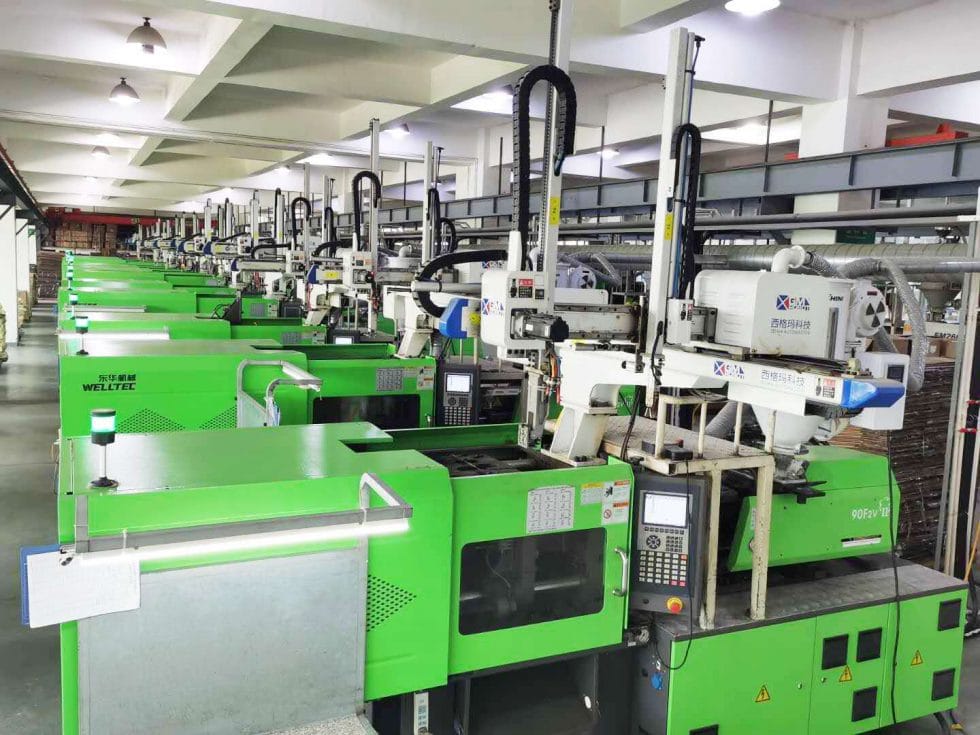In the modern era of manufacturing, sustainability is no longer a secondary concern—it has become a central pillar of responsible production. Industries across the globe are striving to reduce waste, lower carbon footprints, and implement eco-friendly practices in their processes. Among the key players in this transformation are plastic molding companies, whose expertise in plastic injection molding and other plastic molding techniques positions them at the forefront of sustainable innovation.
Plastic parts are ubiquitous in today’s world, found in everything from consumer electronics and automotive components to medical devices and packaging. As demand for these components grows, the environmental impact of plastic production and disposal becomes more significant. Forward-thinking plastic molding companies are responding by adopting sustainable practices that not only reduce waste but also promote long-term environmental stewardship.
The Role of Plastic Molding Companies in Manufacturing
Plastic molding companies specialize in shaping raw plastic materials into functional, high-quality components. The most common method, plastic injection molding, involves melting thermoplastic material and injecting it into precision-engineered molds to form parts with exact specifications. Other molding methods, such as compression molding, blow molding, and rotational molding, are also used depending on the product requirements.
These companies serve a wide range of industries, from automotive and aerospace to healthcare and consumer goods. The efficiency and precision of plastic molding make it possible to produce large quantities of parts with minimal waste, which is crucial in promoting sustainable manufacturing practices.
Advancements in Sustainable Plastic Molding
Sustainability in plastic injection molding and other plastic molding processes has evolved rapidly over the past decade. Leading companies are implementing strategies that minimize environmental impact without compromising product quality. Key advancements include:
1. Material Innovation
Sustainable plastic molding companies are increasingly using bio-based plastics, recycled materials, and biodegradable polymers. By integrating recycled resins into plastic injection molding, manufacturers reduce dependence on virgin petroleum-based plastics and lower overall carbon emissions.
For example, polypropylene and polyethylene can be recycled multiple times, allowing molded components to be produced from post-consumer or post-industrial materials. Advanced formulations ensure that these recycled plastics maintain the same strength, durability, and aesthetic qualities as virgin materials.
2. Energy-Efficient Equipment
Modern plastic molding facilities are adopting energy-efficient injection molding machines, including hybrid and electric presses, which consume significantly less energy compared to traditional hydraulic machines. These machines offer precise control over temperature and injection speed, improving part quality while reducing electricity consumption.
Automation and robotics also contribute to efficiency by reducing human error, speeding up production cycles, and minimizing wasted materials.
3. Optimized Mold Design
Sustainability starts with smart mold design. By carefully engineering plastic injection molding molds, companies can optimize cooling channels, gate locations, and material flow to reduce cycle times and material usage. A well-designed mold produces parts with consistent quality, reducing the number of defective components that end up as scrap.
Moreover, modular and multi-cavity molds allow manufacturers to produce multiple parts in a single cycle, further conserving energy and materials.
Reducing Waste Through Process Innovation
Waste reduction is a cornerstone of sustainable manufacturing, and plastic molding companies are adopting several techniques to achieve this goal.
- Scrap Recycling: Excess plastic generated during production—such as runners, sprues, and defective parts—is collected, reprocessed, and reintegrated into future production cycles.
- Lean Manufacturing: By applying lean principles, molding companies minimize overproduction and optimize resource usage.
- Process Simulation: Using simulation software, engineers can predict and prevent defects, improving first-time quality and reducing the need for rework.
These innovations not only make plastic injection molding more sustainable but also increase cost efficiency, providing tangible benefits for both manufacturers and clients.
Industry-Specific Sustainable Solutions
Different industries benefit from sustainable plastic molding practices in unique ways:
Automotive
Lightweight plastic components reduce vehicle weight, improving fuel efficiency and lowering greenhouse gas emissions. Sustainable plastic injection molding allows automakers to produce high-strength, lightweight parts from recycled or bio-based materials.
Healthcare
Medical devices and packaging require stringent safety and sterility standards. Sustainable plastic molding companies are developing recyclable and biodegradable materials that meet these requirements without compromising patient safety.
Consumer Goods
Packaging and everyday products contribute significantly to plastic waste. By using recycled plastics and designing for easy recycling, manufacturers can create environmentally friendly products that appeal to eco-conscious consumers.
The Economic Benefits of Sustainable Practices
Sustainability is not just good for the environment—it also makes economic sense. By reducing energy consumption, material waste, and production inefficiencies, plastic molding companies can lower operating costs.
Additionally, companies that adopt sustainable practices enhance their brand reputation and meet regulatory requirements more effectively. Consumers and businesses increasingly prefer products made with environmentally responsible methods, creating a competitive advantage for molding companies that prioritize sustainability.
Challenges and the Path Forward
Despite advancements, sustainable plastic injection molding still faces challenges. Recycled plastics can sometimes have inconsistent properties, and sourcing bio-based resins may be costlier than traditional materials. Furthermore, implementing energy-efficient machinery and optimized processes requires significant upfront investment.
However, the long-term benefits—environmental responsibility, cost savings, and market competitiveness—make these investments worthwhile. Leading plastic molding companies are continually innovating to overcome these hurdles, incorporating cutting-edge materials, automation, and lean production techniques to reduce their environmental footprint.
Conclusion
The role of plastic molding companies in sustainable manufacturing is critical. Through innovative plastic injection molding techniques, energy-efficient equipment, smart mold design, and material recycling, these companies are transforming the way plastic products are made.
Sustainable plastic molding not only reduces environmental impact but also improves efficiency, reduces costs, and enhances product quality. By partnering with forward-thinking molding companies, manufacturers across industries can achieve their sustainability goals while delivering high-performance, reliable products to the market.
In essence, the future of manufacturing lies in balancing innovation, quality, and environmental responsibility—and plastic molding companies are leading the way toward a more sustainable and prosperous future.



